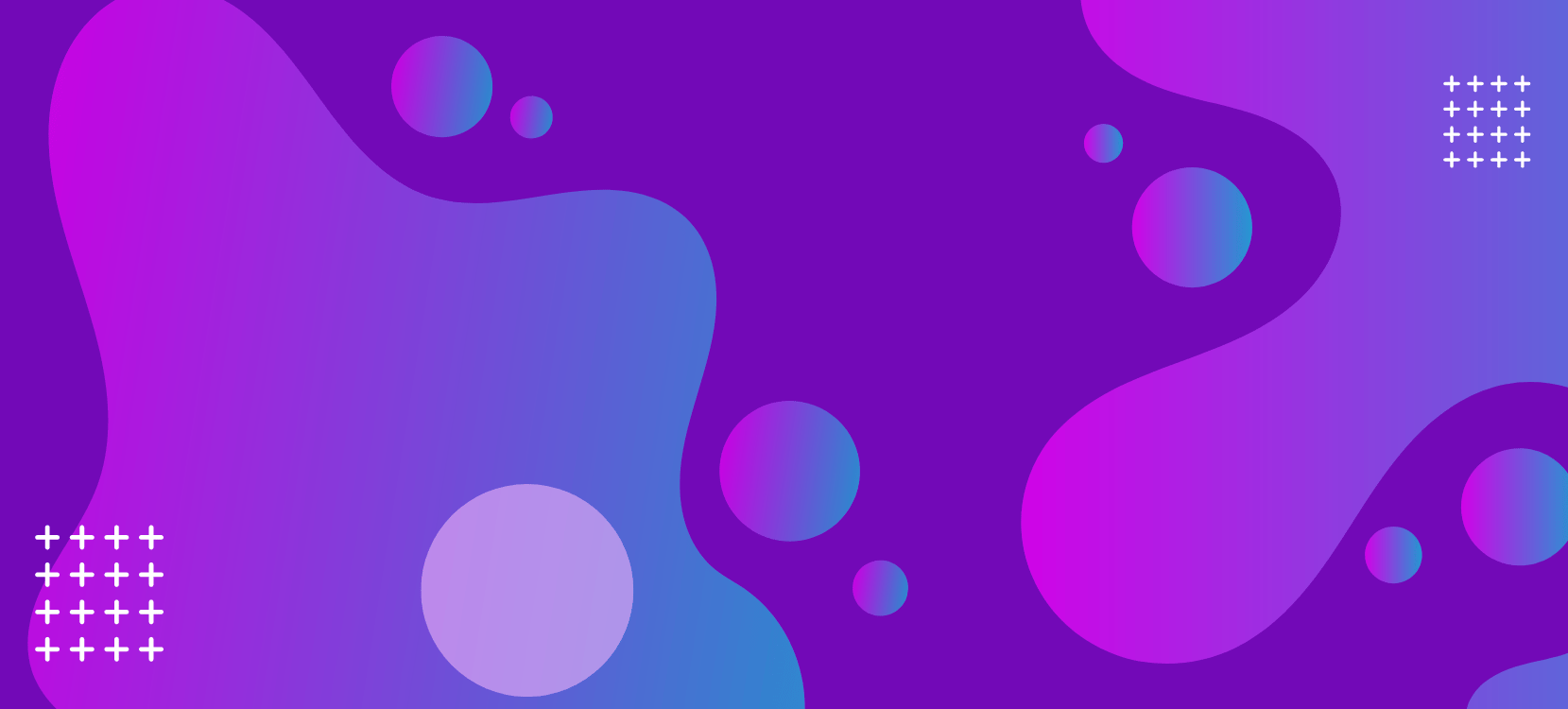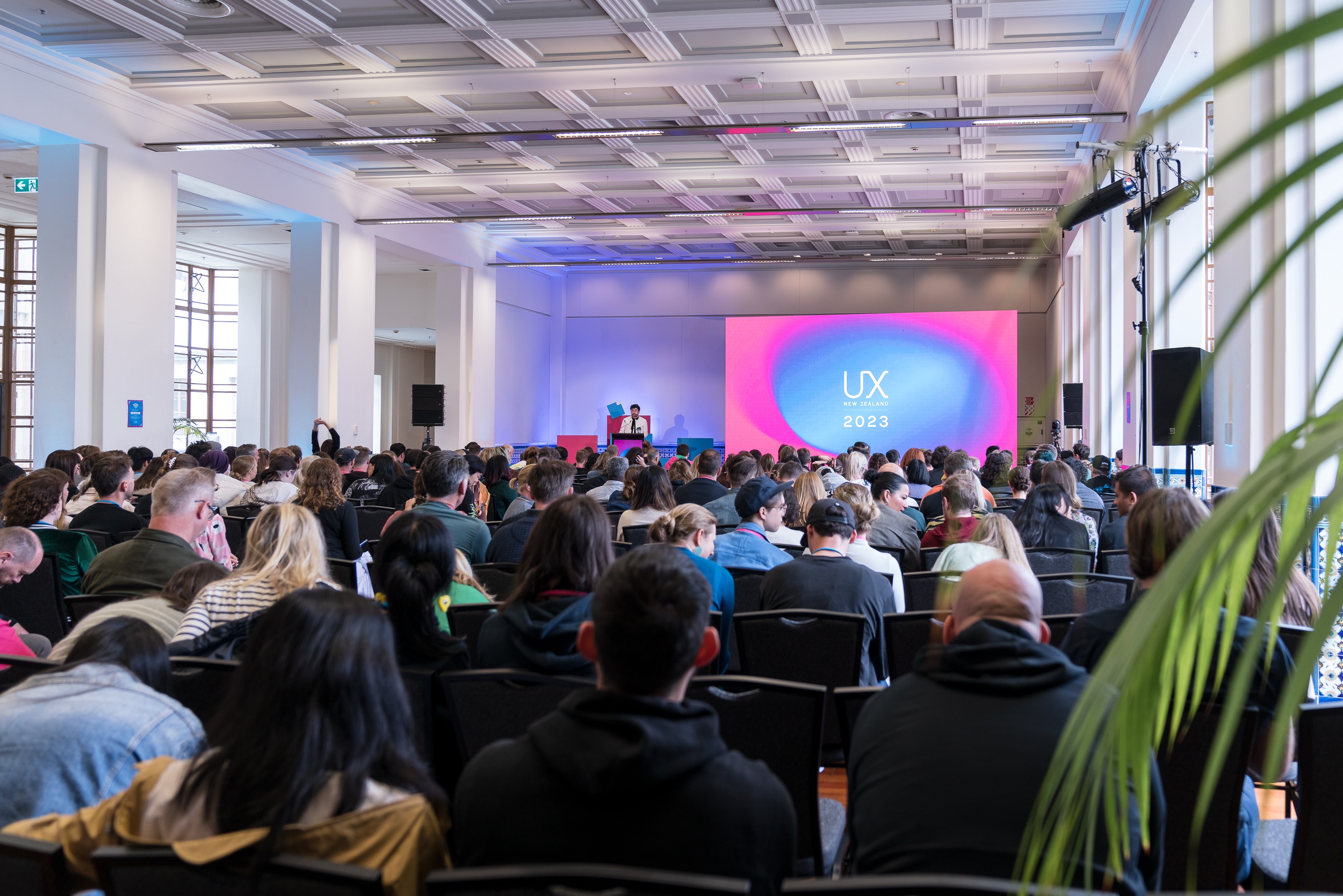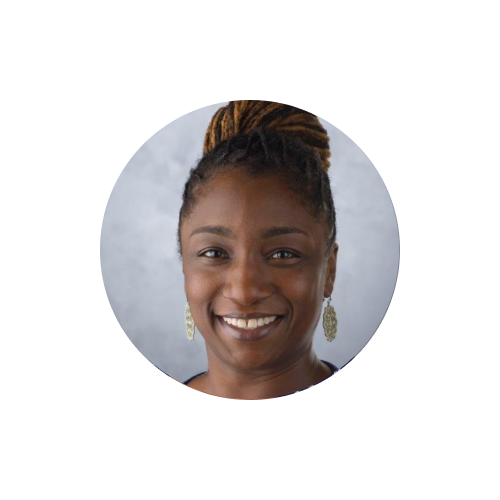The Pro Tips to Starting Your UX Design Journey in 2023
I wish I had known these when I started learning design myself.
As a self-taught designer, I faced many challenges at the beginning of my journey. While studying UX design courses in the evenings, I often browsed people with "UX" in their job titles on LinkedIn and wondered, "How did they get started?"
If I could have a 5-minute conversation with those awesome designers, I would also ask, "What piece of advice would you give to someone without a design background or experience who wants to land their first UX design job?"
Recently, I attended UXNZ 2023, the biggest UX event in New Zealand held every year, and asked these two questions to the guest speakers. In this article, I will share their answers on how they started their design career and what advice they would give to new designers.
Their advice and tips are honest and based on their own experiences, without any fluff. I wish I had known these when I was starting out, and now they are available to you for free.
A huge thanks to all the guest speakers for sharing their experiences.
I hope you feel as inspired as I am. So, let's get started!
Alister Coyne
Director of Product Design at Auror
Waiheke Island, Auckland, New Zealand
How he started his design career
I was recommended by a lecturer who had a friend starting a new business, I did my interview and was hired the following hour! (Be nice to your lecturers/tutors!)
Tips for new designers in 2023
I would build a folio of 'observations' and make simple hypothesis into making it better. For example 'I noticed that fly swats were super hard, fly spray is super poisonous, how about we make a salt gun? e.g. www.bugasalt.co.nz These could be big or small observations. I think this would help to show what kind of things you think is important enough to fix.
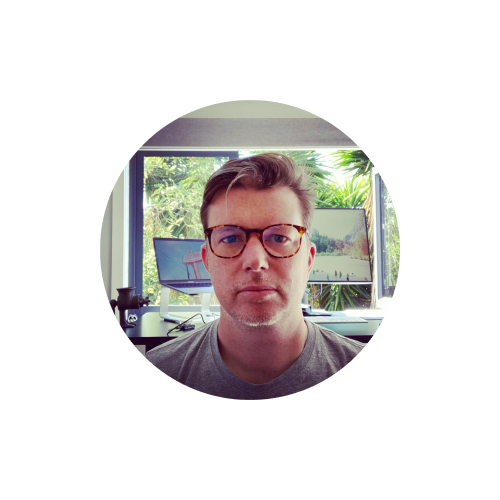
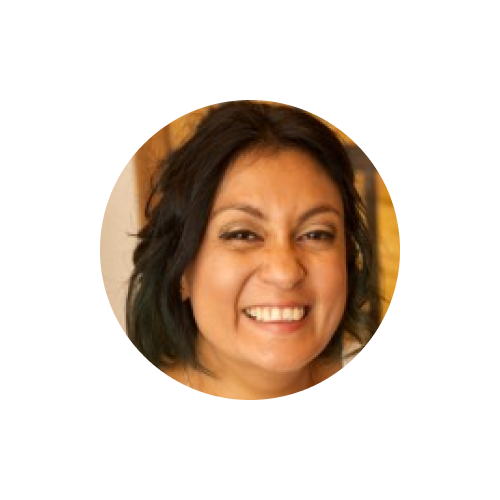
Angel Takooree
User Researcher at Nimble Approach
Greater Sheffield Area
How she started her design career
I was taking an interior design course and read the the book 📕 the design of everyday things.
Tips for new designers in 2023
You don’t have to go to boot camp, look for opportunities to practice with projects to help local groups. Take free courses ! Study with the Interaction Design Foundation (IxDF). I also used AJ&Smart resources.
Bradley Millen
Digital UX Designer at ACC New Zealand
Wellington, New Zealand
How he started his design career
I was always into design in some aspect. Initially thinking I wanted to do animation in the long run. Then once starting uni we were given the chance to do animation, game design and visual effects. I then switched into game design to finish the degree.
However, when working through uni projects for game design we did a lot of UX thinking and practice without knowing what it was called. Which got me thinking about how to shift into UX as a practice, and found the Master of UX Design at Vic. Which was the main driver for getting into the UX industry, just having the opportunity to have a crash course on what the terminology was for the techniques I had already learnt.
Also the chance to just blast through a bunch of different projects in that year and get some real experience.
Tips for new designers in 2023
In terms of advice, I would say just start now. You don't need a big fancy degree in design to get started. There is plenty of information and case studies online that outline peoples work flows. Just start at home run some case studies of your own, what are some issues with products or services that you see around you.
Then once you've got the foundations of the case study, talk to people, real people whether it's friends, family or strangers. Just get other people's opinions and see what comes out of that. I would say the most valuable thing as a person getting into the industry is to show drive that you are willing to get stuff done. Organisations will happily invest in the other areas to help you grow.
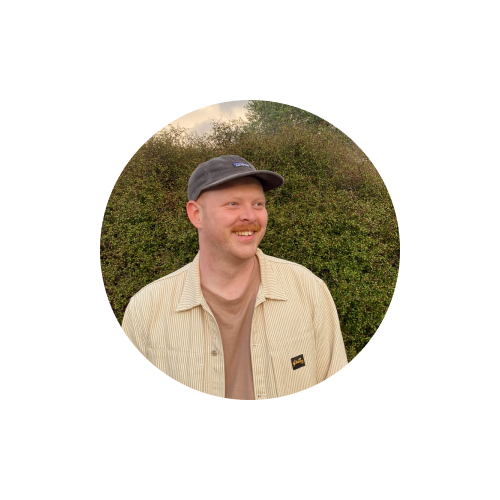
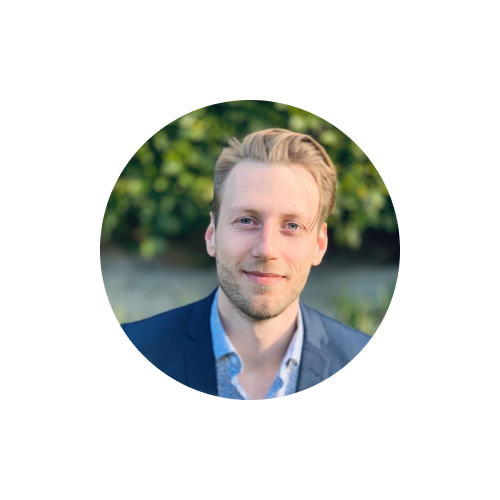
Chandler Heath
Senior UI / UX Designer at PivotPoint
Wellington, New Zealand
How he started his design career
I’ve always considered myself a ‘digital native’ growing up. I spent a lot of time on the internet as a kid, and I’ve always been fascinated with how websites work.
When I was in my early teens I discovered Photoshop (PS CS3 at this time!), and spent a lot of my spare time making digital posters and banners – looking back at them, they were absolutely terrible, but that’s where I can pinpoint my design passion starting. This eventually turned into an internship as a Graphic Designer which was the springboard for my design career.
In this role I worked on all things digital and print – social media adverts, motion graphics, business cards and posters. I gained a lot of exposure to a lot of design principles very quickly. I also spent time working on the company’s marketing website.
This was my turning point towards the UX field – I started thinking about how people were interacting with the site, and how to best position the content they were looking for, instead of just designing the visuals. I couldn’t get enough of this, and absorbed as much information as I could about UX best practises and principles. And that’s how I ended up working in product and experience design.
Tips for new designers in 2023
If I could only offer one piece of advice, it would be to get stuck in and make, make, make, as much as possible. The UX field can feel daunting – there are so many frameworks, tools, methods, and best-practises out there. This can be overwhelming, and this is where paralysis can creep up. But the thing about design is that the journey is constantly evolving, and no solution will ever be perfect. Overcome a lack of experience by trial-and-error as much as possible. Pick up as many projects as you possibly can – find a product you use often, and see what pain points you can solve. Talk to a friend or family member about frustrating experiences in their day-to-day, and sketch out some solutions. Through this body of work you’ll pick up valuable knowledge along the way, and before you’ll know it you’ll have an awesome portfolio of case studies for your first design interviews!
Clara Kliman-Silver
Staff UX Researcher at Google
San Francisco Bay Area
How she started her design career
I studied cognitive science at university, which gave me a foundation in human behaviour and experimental design. Through much of undergrad, I worked in research labs, studying human perception and language processing, which piqued my interest in research. Towards the end of my degree, I learned about UX and found an internship at a healthcare tech company where I researched and designed a customer service tool over the course of a summer. I liked the work so much that I decided to pursue UX after graduation, ultimately returning to the place I interned as a full time employee.
Tips for new designers in 2023
Domain knowledge is a critical part of UX, particularly in the enterprise space. What do you know about that you could translate into a UX role? For instance, maybe you have experience with education or teaching, so you might consider educational technology. You’ll still need to build UX skills, which you can do on your own, through coursework, hackathons, side projects, etc., but understanding user needs in complex domains is key.
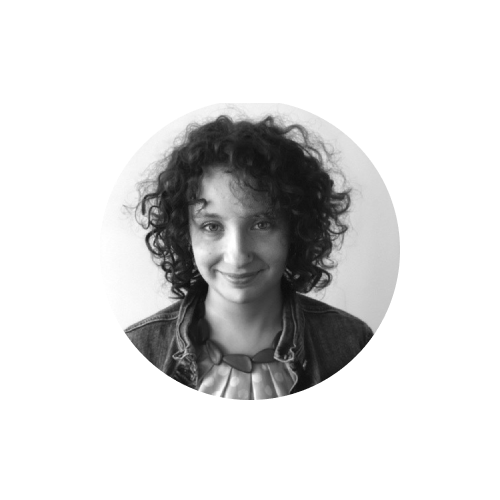
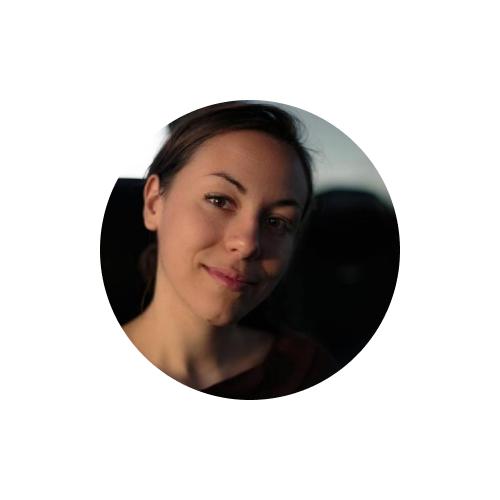
Costanza Volpini
Product UX Design Engineer at Logitech
Zurich, Switzerland
How she started her design career
I got started by taking a couple of UX/HCI courses at my university, and I also did a lot of self-study to build up my skills and knowledge. I created an online portfolio of academic projects that demonstrated my abilities and design thinking. Additionally, mentorship calls and reading articles on Medium about how others transitioned from informatics to design were also incredibly helpful. During job interviews, I found it super helpful to prepare a slide deck of my projects to showcase my design choices and presentation skills. I was also fortunate to find a great manager (Sarah) who believed in me and taught me so much by following me closely in the first months. She was an amazing resource, constantly giving me constructive feedback and helping me grow as a designer. But I won't lie, it definitely requires a lot of dedication and hard work in the beginning!
Tips for new designers in 2023
it's important for students to start building an online portfolio by working on projects that they are passionate about. Gaining experience through personal/academic projects, volunteering, or hackathons is crucial, and it's important not to be afraid of taking on projects that challenge them to learn new skills. Reading extensively and learning industry tools is also super helpful. I found it especially useful to check job postings to see what tools were being mentioned to learn relevant skills. Lastly, I suggest that they shouldn't be afraid to apply to bigger companies. I was told not to apply to Logitech, but I did it anyway and got the internship. If you show that you are motivated and willing to invest time in self-learning, someone will surely offer you a position. Also, for students who don't have a background in design, I recommend asking for a recommendation letter from professors. It can really make a difference!
Regarding resources, I recommend some awesome books that have helped me so much in my own design journey: "About Face" by A. Cooper, "Don't Make Me Think!" by S. Krug, "100 Things Every Designer Needs to Know About People" by S. Weinschenk, and "Solving Product Design Exercises" by A. Dashinsky. They're all super informative and engaging reads!
Dan Dixon
UX and Service Design Director at Digital Arts Network
Auckland, New Zealand
How he started his design career
It has been a long road. I got into a web design company in 97 by saing yes to a project I wasn't sure I was able to do. I told the company what I needed to learn and a week later was able to do what I had promised. Being able to learn is important and crucial to that is being able to show you can learn.
Tips for new designers in 2023
Know what you have to offer and where you will need support. and being honest with employers about that. After all, when you are starting out, no one expects you to be an expert. But knowing your strengths and weaknesses is v worthwhile. Being able to show some self reflection and humility.
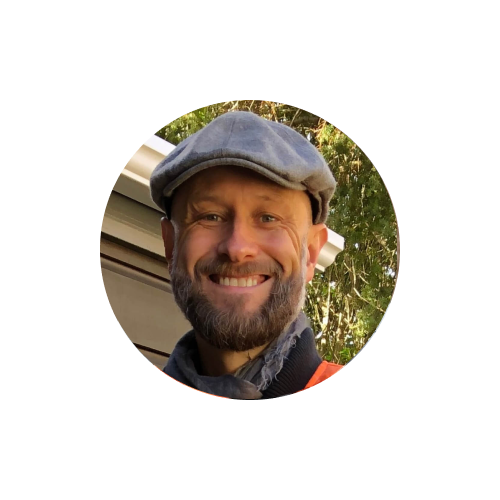
Ebony Kenney
Usability Analyst at Social Security Administration
Baltimore City County, Maryland, United States
How she started her design career
I started as an English undergrad working at a marketing research company looking for more tools to convey technical content for training materials. I decided to return to school for an advanced degree in design which refined on a then unrealised skill for eliciting valuable takeaways.
Tips for new designers in 2023
I would tell them to pay attention, especially to themselves. Find out what they need but is often missing for them in everyday interactions (digital and real), and once you find that brainstorm ideas for improving it. That puts you on the product side of the aisle, but only once you begin to create those solutions in some tangible way have you begun to design, hopefully perfecting a skillset for their consumability.
Eilish Out-O’Reilly
Senior Experience Designer at JOURNEY
Auckland, New Zealand
How she started her design career
I studied design at university, doing the Communication Design major of a Bachelor of Design at AUT. Went in wanting to do branding not knowing what UX was, and then discovered it there and loved it! I was always far more logic than visual based, never drew or did art. But loved laying out type and solving problems etc.
Tips for new designers in 2023
Put your hand up for anything and everything! Teach yourself in Youtube and have a go. I applied for some many jobs I had no experience in, to get experience. Put my hand up for motion design and then spent 2 nights teaching myself to get a portfolio. I got the job and learnt heaps! Best way to learn is through doing.
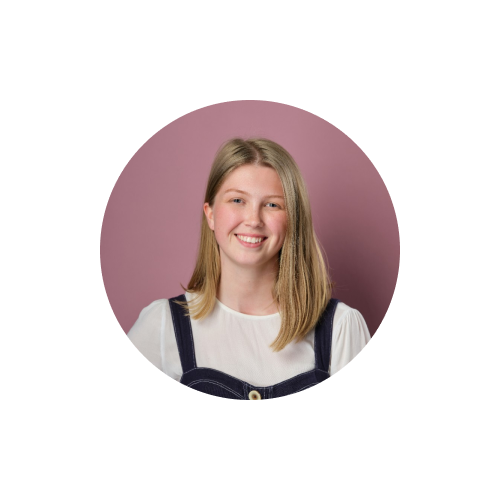
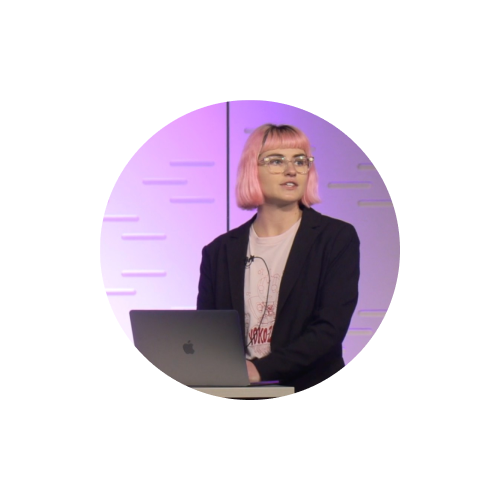
Ella Stoner
Customer Experience Designer at Spark New Zealand
Auckland, New Zealand
How she started her design career
I initially started my career in television for five years. After discovering that you could use creativity to improve people’s experience as a job, I went back to study Graphic Design, Web Development and User Experience Design. I attended a hackathon where TVNZ had a design challenge. Being a part of the winning team helped me land a job there. I then landed a job at Spark in the Experience Design team.
Tips for new designers in 2023
Don’t let imposter syndrome weigh you down. This industry embraces diverse professional backgrounds. If you follow the process and can tell a great story to potential employers on how you landed on the outcome then the rest will be history. A beautiful interface is great, but how did you get there? What problems does it solve? What was your process?
Geoff Wilson
Senior Design Researcher at Kiwibank
Auckland, New Zealand
How he started his design career
2 semesters of Human Factors and Ergonomics during university opened my eyes to the design of the physical (and digital) world. I then kept progressing my career towards the research of these everyday experiences one shift at a time: software engineer -> tester/QA -> requirements manager -> PM -> UX Lead* (caveats here) -> UX/CX strategy consultant -> CX Manager -> CX Research Manager / Senior Design Researcher.
Tips for new designers in 2023
For grads and juniors, start with what you know. Find a product or service experience that's lacking in any industry (IT. DOES. NOT. HAVE. TO. BE. DIGITAL!), offer to help them understand what is or isn't working well and recommend or provide design changes where necessary. But, don't overpromise and underdeliver what you don't have experience in. Start with what you know how to do and do that well; the opportunities to learn and develop more will follow.
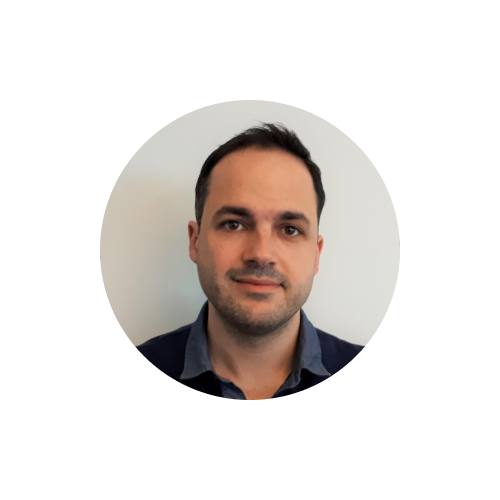
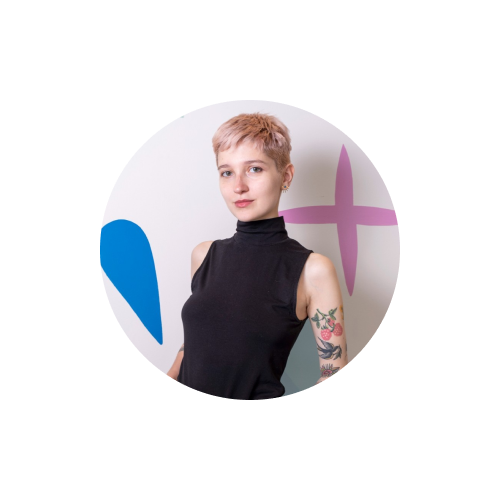
Kalina Tyrkiel
Content Designer at DocPlanner
Cracow, Małopolskie, Poland
How she started her design career
I started working as a copywriter in a startup when I was still a psychology student. During that time, we discovered that our product needs content design and UX writing skills. I also started to get involved with UX research clubs at the university and this is how I made the transition from marketing to product.
Tips for new designers in 2023
Stay curious, analyze your experiences and think about what works and what doesn't. Learn from everything you do. All services and processes around us are designed. Focus on developing the designer mindset in your life.
Lulu Pachuau
Director of Design, Hatch
Wellington, New Zealand
How she started her design career
I studied economics back in college but wasn't good enough to get into MBA programs like my friends did. At the time, there was a web design course going on in Bombay during the dot-com boom of the early 2000s. So, I took up that course and found a job cleaning photos for an e-commerce shop. I never looked back! When Jacob Neilson published his first book and the Bear book on information architecture from the World Wide Web, I had the first editions. Then, I realized that's what I wanted to do! It wasn't called UX back then. I just called myself a web designer, doing front-end code and using tables :D When I moved to NZ, things started changing, and usability analysis and information architecture slowly became user experience.
Tips for new designers in 2023
Read up on the basics. Don't be tempted to pattern-farm (i.e., just follow conventional designs). Learn the first principles and fundamental UX principles. Start with user research activities and upskill on creating conceptual models that form the basis of many UX patterns. Learn the fundamental processes of research, analysis, define, design, test, refine, etc. I know there's a lot more to cover for the second one.
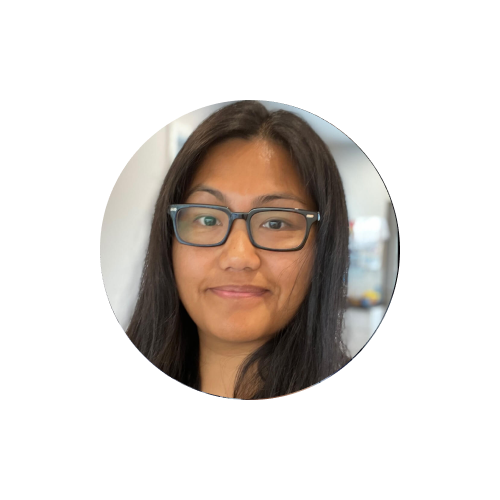
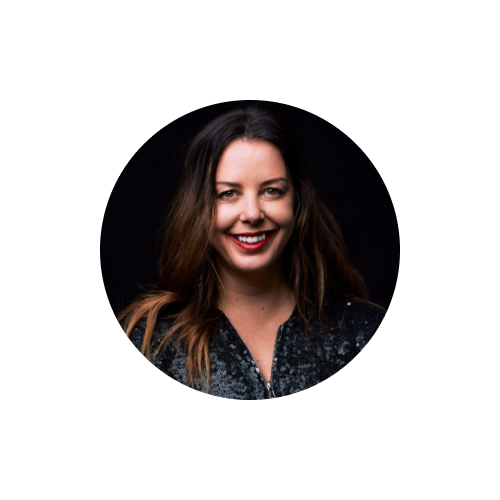
Natalie Ferguson
Co-Founder of Powrsuit
Chief Experience Officer (CXO) at Hatch
Wellington, New Zealand
How she started her design career
I avoided computers at all costs until uni. I can’t remember the exact trigger, but I loved writing and suddenly saw the internet as a place to communicate. At the time, I wasn’t aware of any publishing tools, so I made a very clunky website that was effectively a blog! Of course, I wanted it to look “nice” so I started playing with design things. Then starting helping small companies with their design for free (I was learning by doing at a time where the standard was low 😂). I realised quickly that so many focused on big graphics and weird annoying things (remember this stupid “click here to enter” pages?) and naturally found a niche in designing websites with a focus on usability (before I knew UX was a thing).
Tips for new designers in 2023
UX is actually problem solving. Sort of like our talk, don’t think of it as a specific skill set that you need to learn before starting. Start thinking about the people you’re creating stuff for, talk to them, understand their problems, question why decisions are made. I’m always shocked these days when research in considered a UX function - I reckon it’s the foundation of business strategy.
Secondly, I found it surprising after your talk, how many people were too scared to draw unless they were as good as you! Let go of your need for perfection. Great design is conveying ideas simply. Anyone can draw boxes on a piece of paper and start representing customer journeys and UI. Part of being a designer is being vulnerable and realising your job isn’t to be an expert, but to try different ways to reflect the solutions other people want.
Pia Steiner
Manager, Organisational Development at WorkSafe
Wellington, New Zealand
How she started her design career
I’ve worked in Tech twice now. Once in the early days of Trade Me and more recently at Springload. It hasn’t been the most direct path. First I was in a sales role and then I’ve been in workplace and employee experience design since then.
Tips for new designers in 2023
know what your transferrable skills are if you don’t have direct tech/design experience. Lots of people don’t realise the experience (including lived) they’ve had elsewhere is incredibly valuable. Customer service for example is a versatile skill. This translates into stakeholder management and relationship building. Hugely valuable. Don’t overlook what you can do!
Secondly, start somewhere. This might be in a coordinator role or a junior role. Everyone wants to be CEO but we all started somewhere. Get in the door then show people what you can do.
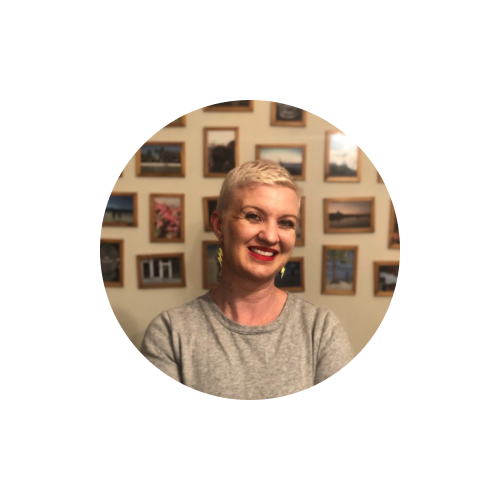
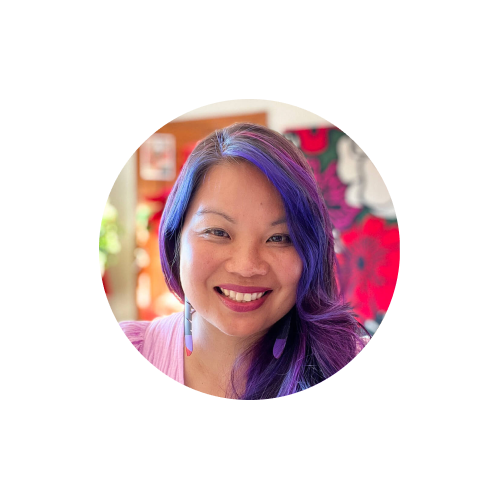
Sachi Taulelei
Head of Design at ANZ
Wellington, New Zealand
How she started her design career
I didn't study design at Uni - my parents wanted me to be a doctor so I initially started studying pre-medicine! My intro into UX was on the job - when I witnessed my first round of usability testing of a website I was building (back in the 1990s). It totally blew my mind that I could get immediate feedback about my product and iterate on it straight away. Once I saw how powerful it was, I was sold and from then on in took the opportunity to learn on the job (at the time, there weren't any formal qualifications in UX)
Tips for new designers in 2023
Don't be put off by not having a design background. What matters most is a curious mind (asking the right questions, challenging the status quo), ability to empathise (seeking different lens and perspectives) and the ability to work with others (the collective mind is more powerful than the genius mind of one - IDEO quote).
Stéphan Willemse
Strategy Director at Digital Arts Network
Wellington, New Zealand
How he started his design career
I've taken a very roundabout route: I have had many different careers in my life (from chef to musician to teacher to digital marketer). I ended up in design through strategic planning while working in a digital marketing company: I was the Agile PM on a website build and was really intrigued by what the designers were doing. They were still using Photoshop to create UI design back then! I gradually migrated into UX and, more broadly, Strategic Design over the years. I'm still more a transdisciplinary designer, rather than a 'UX Designer'.
Tips for new designers in 2023
I'd be cautious about focussing too narrowly on UX design, as opposed to a broader design skillset. I think there's danger in different disciplines being too focussed on their narrow field, whereas interventions and solutions in the real world are quite messy and complex - they move across disciplines, products and services. So I'd encourage those who want to get into UX design to (perhaps simultaneously) broaden their design horizons by reading, watching and learning from disciplines beyond design only. It's not possible to be an expert in everything, but having an appreciation and broad understanding for how the puzzle pieces could fit together can only make one a better team player and leader!
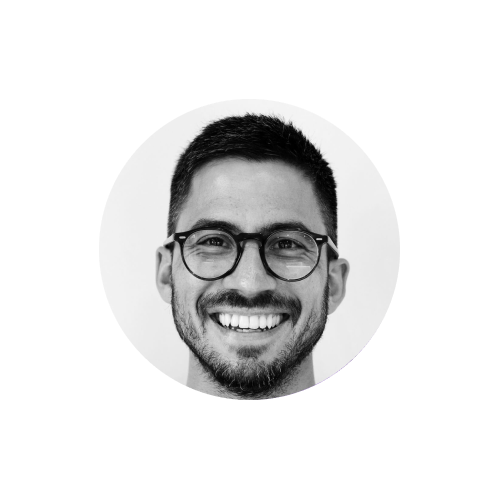
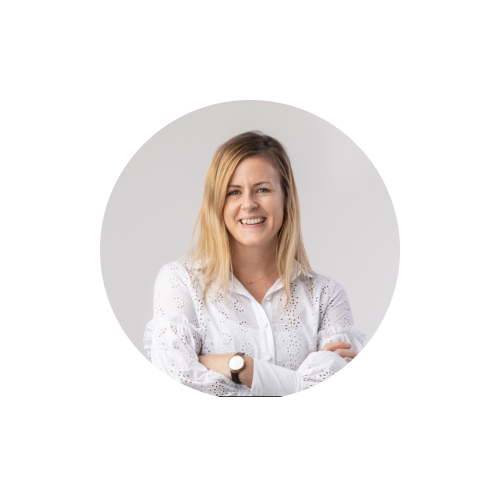
Thea Betts
Lead Product Designer at Roam Digital
Singapore
How she started her design career
Was signed up for a Industrial Design Course (the physical kind) and took my first paper and loved the digital side so much more. Then loved all the experience papers that followed.
Tips for new designers in 2023
Know your skills and how they apply to UX (the soft kinda skills), and show your passion!
Will Soward
Lead User Experience & Media Designer at Open Polytechnic of New Zealand
Nelson, New Zealand
How he started his design career
I started making websites over 20 years ago, building a website would often involve using tables as a layout structure, the use of external CSS was still very new and there was no responsive web design. UX Design as a single disapline was not a "thing" back then, we just used to call it "design". Over the years the UX industry has grown up around me and I've naturally became a UX/LX designer based on my years of experience and research.
Tips for new designers in 2023
Create the opportunity to gain some UX design experience yourself - find an existing website you feel needs enhancing, and begin to improve it. Make a project plan, wireframes, on-boarding process and user journeys, perhaps even some personas; use this as a moc-project to learn from, and exhibit in your online portfolio. Don't wait for experience to come to you, go out and make it yourself, it's the only way you'll grow as a designer. Be ready to make mistakes (lots of them); learning from errors and misunderstandings is an assest for a UX career.
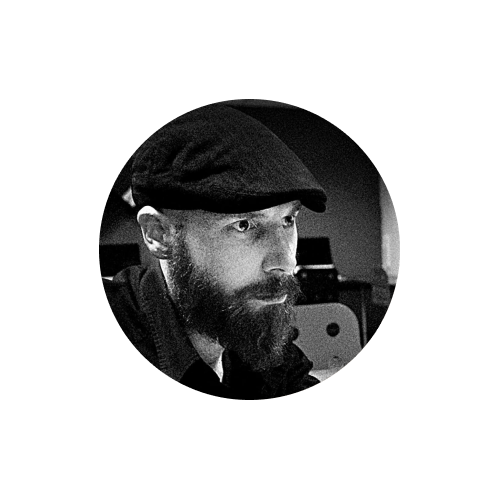
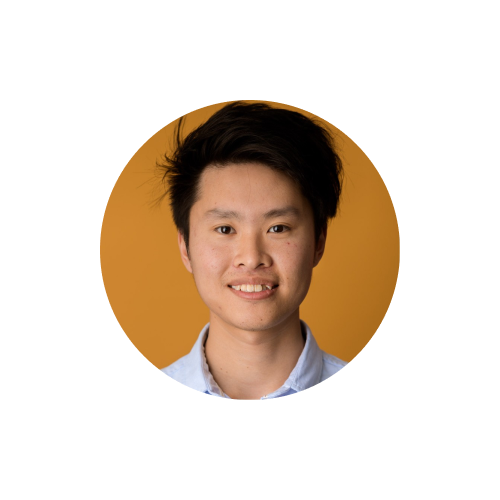
Woody Lee
UI/UX Designer at Ryman Healthcare
Christchurch, Canterbury, New Zealand
How he started his design career
I was a landscape architect, so technically in the design industry already. But to get my first UX job, I did half a free online course, watched a lot of YouTube videos and then helped out on 2 volunteer projects to build up some foundational skills and a portfolio. Super lucky to get hired in my first UX/UI job, though it involved a lot of generalist design work like visual communication.
Tips for new designers in 2023
Advice would be to seek out and take part in real volunteer projects. Helptank is where I found mine. Dedicate as much time as you can to them. Apply what you learn elsewhere online and try out those exercises like creating personas and prototypes etc. it’ll help you build confidence and a portfolio which are both really useful in convincing your first UX employer that you are passionate and are dedicated.
